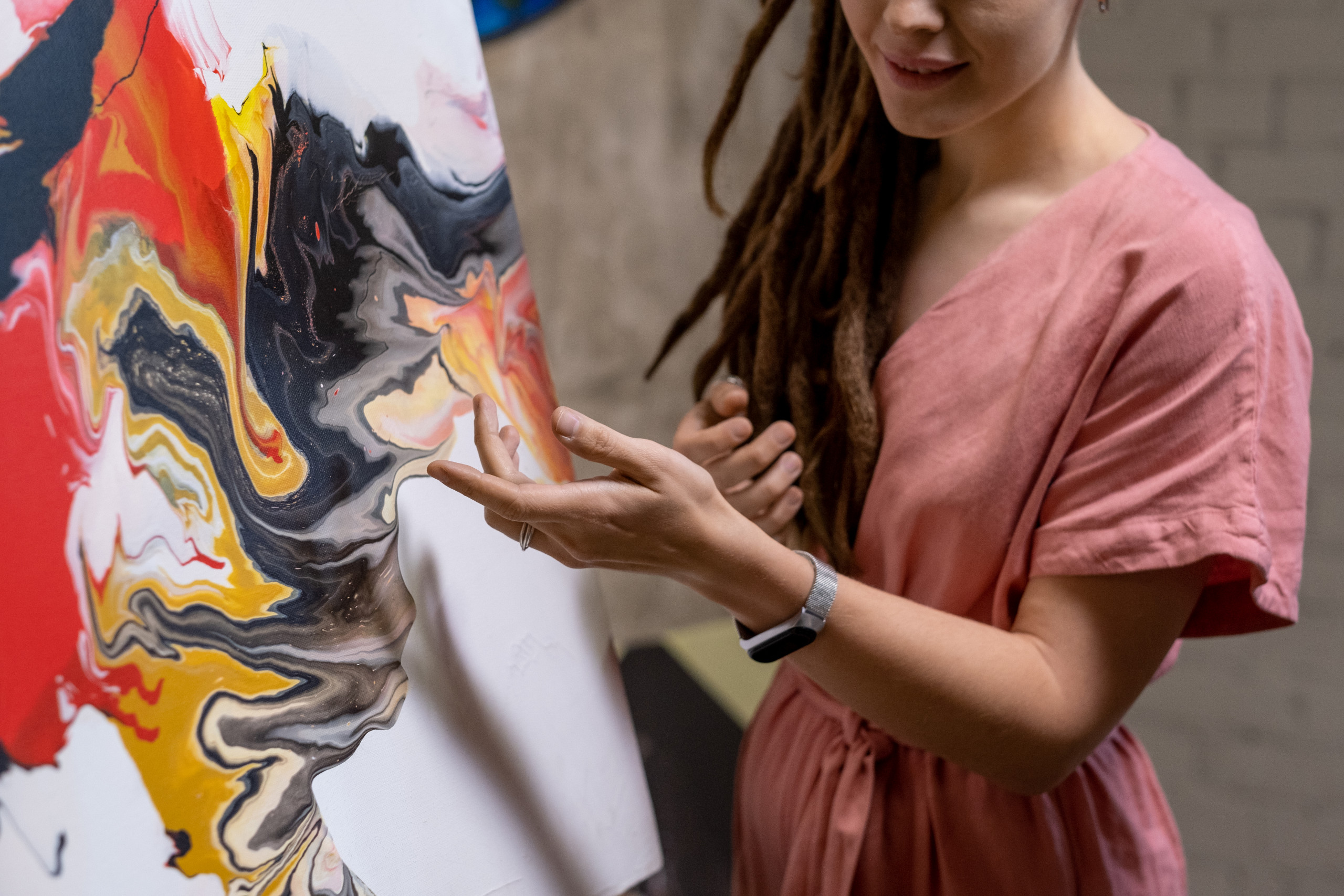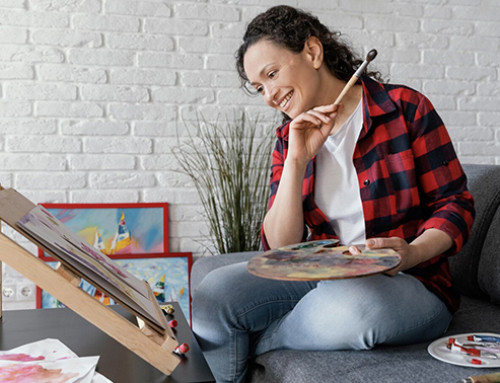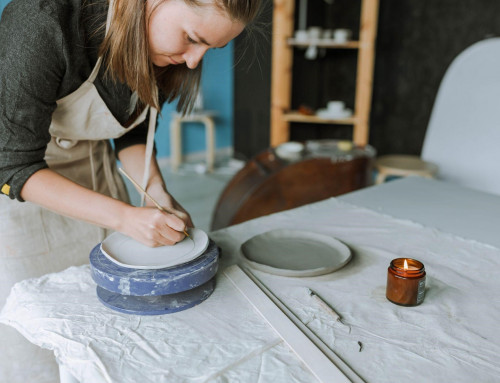How We Identify Art
Art is an immense and ever-evolving realm of human creativity and expression. It encompasses a wide range of forms, styles, and mediums, making it both fascinating and challenging to identify and define. We will dive into the intricacies of how we identify art, exploring the subjective nature of artistic clarification, the role of cultural settings, and the criteria used to differentiate art from other forms of human creation. By unraveling these facets, we can gain a deeper understanding of the complex process of how we identify art.

Subjectivity And Interpretation
One of the captivating aspects of identifying art is the subject involved. Art is open to interpretation, and what may be considered art by one person may not be seen the same by another. The perception of art is influenced by personal experiences, cultural backgrounds, and individual tastes. The spectator’s explanation plays a significant role in identifying art, as it relies on their ability to connect with the artwork and appreciate its visual, emotional, or intellectual qualities.
Intent And Creative Intention
The intention of the creator plays a crucial role in identifying art. When an individual intentionally creates something with the purpose of expressing themselves, communicating a message, or evoking an emotional response, it often falls under the umbrella of art. The artist’s intention to create something meaningful or thought-provoking distinguishes art from everyday objects or random creations.

Aesthetic Considerations
Aesthetic qualities are essential to identifying art. Art often has elements of visual appeal and craftsmanship. The artistic choices made in terms of color, composition, form, texture, and overall visual impact contribute to the artistic value of a piece. Aesthetic considerations allow us to differentiate art from down-to-earth objects or random arrangements by highlighting the intentional creative expression behind the work.
Cultural And Historical Context
The cultural and historical context in which a work of art is created and exhibited plays a significant role in its identification. Art is deeply influenced by the cultural, social, and historical factors of its time. Understanding the context in which an artwork emerges provides valuable insights into its significance, intended meaning, and artistic value. Cultural context helps establish the boundaries and criteria for identifying art within a specific society or period.
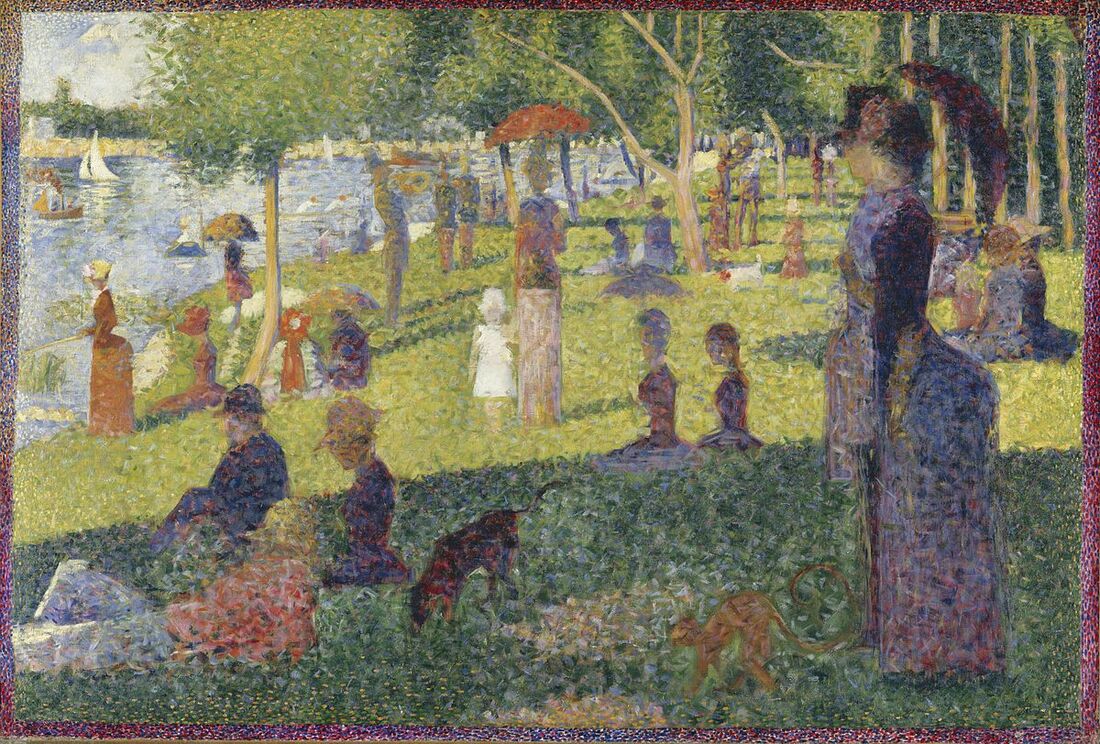
Expert Opinion And Art Institutions
Art institutions, such as museums, galleries, and curators, contribute to the identification and authentication of art. Experts in the field provide a critical examination, curatorial expertise, and historical knowledge to classify and categorize artworks. Their evaluation and recognition of certain works as art influence the wider perception and identification of art within the art community and society.
Conceptual And Intellectual Engagement
Art often engages with theoretical or academic ideas, challenging traditional philosophies of creativity and representation. Conceptual art, for instance, emphasizes the idea or concept behind the artwork rather than its physical form. Identifying art may involve intelligent engagement with abstract ideas, symbolism, or unconventional approaches that provoke thought and intellectual discourse.
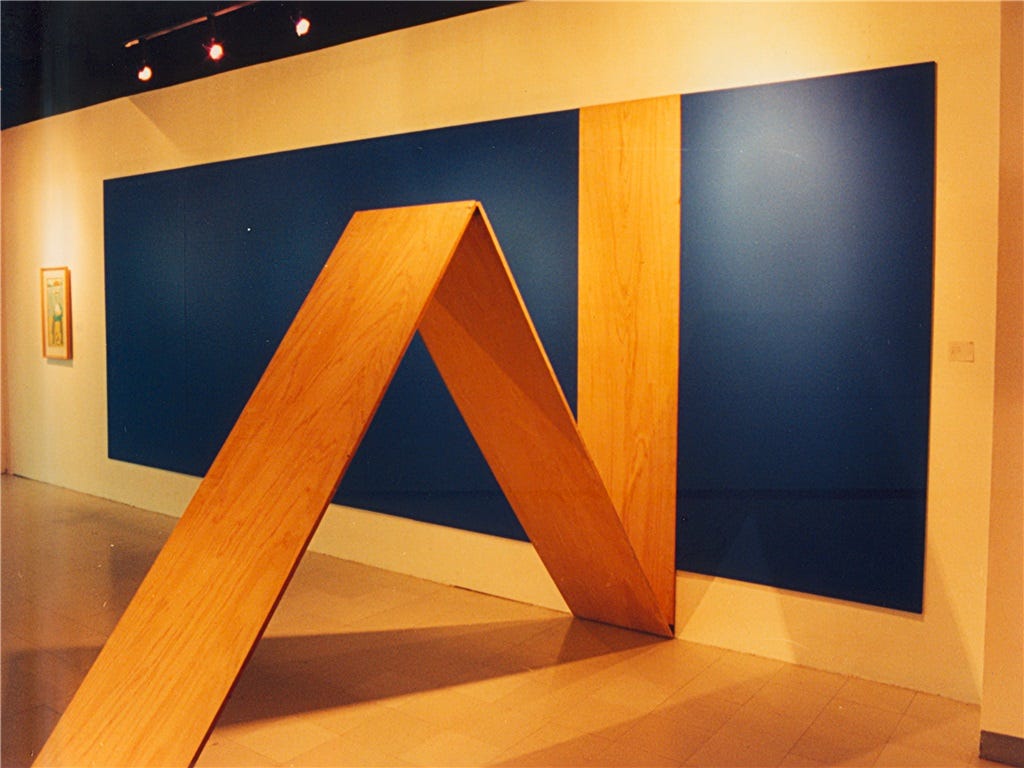
Evolution And Contemporary Practices
The identification of art is not a fixed or stationary process. It evolves with time and includes a wide range of contemporary practices that challenge traditional definitions. Art today may incorporate multimedia, performance, installations, digital media, and other avant-garde mediums. As artistic practices expand, the criteria for identifying art continue to adapt to reflect the evolving nature of creative expression.
How We Identify Art Is An Evolving Question
Identifying art is a complex and subjective process influenced by interpretation, cultural context, artistic considerations, and expert opinion. Art engages us on an emotional, intellectual, and visual level, challenging us to appreciate and interpret the creative expressions of humanity. The boundaries of art continue to expand, encompassing a diverse range of forms and practices. Understanding how we identify art allows us to appreciate the rich and ever-evolving identification process.
This is a guest written article. Do you have an idea for an article that would fit well on our website? Do you want to become a guest author for Susan Hensel Projects? Email us today at info@susanhenselprojects.com with your article idea and we may publish it on our site.

